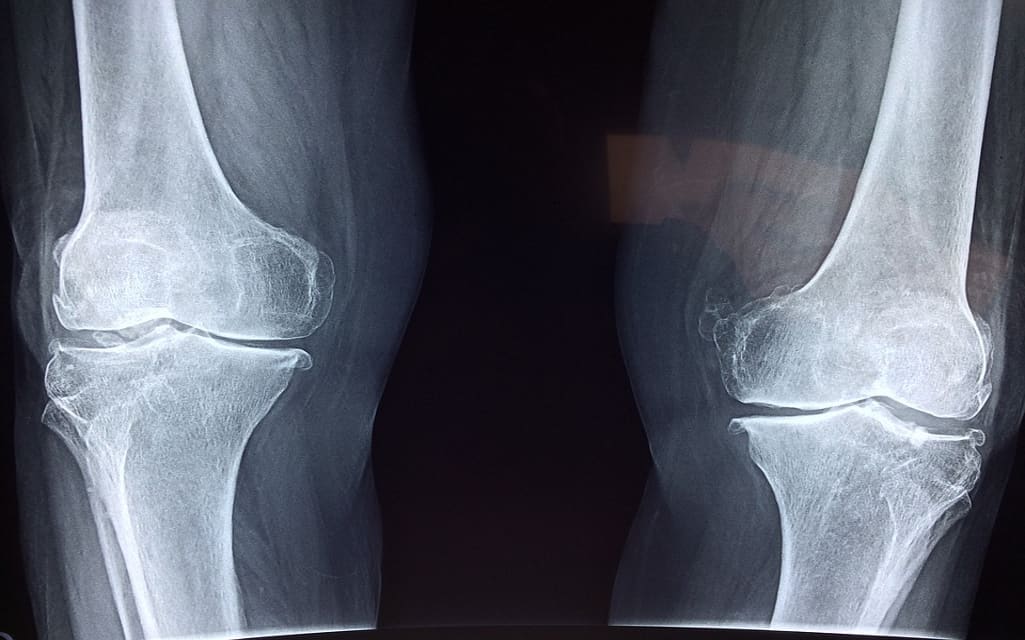Introduction to Joint Replacement Surgeries
The human structure is a complex web of muscles, joints, tendons and other parts that function in tandem to power us throughout life. Any strain in the functioning points can make us suffer to a greater extent and affect our quality of life.
Joints, covered by smooth white tissues called articular cartilage, are the points where your bones meet and allow functional movements. Healthy cartilage allows bones to move without friction or pain; but when articular cartilage becomes damaged, patients feel stiffness and pain in the body, called arthritic pain. This is when joint replacement surgery comes in the picture. Joint replacement surgeries have been revolutionized the treatment of the arthritic disorder of the hip, knee, shoulder, and other articulations in the body.
Talking about the current medical scenario of joint replacement surgery, technology, and durability of implants are better and improved. When you get joint replacement surgery, one always looks for durability and wants a product that will last the rest of their life. As the technologies are evolving and widening, one can say that the newest, flashiest implants are available to us today. With the use of Stryker Mako robotic-arm assisted surgery, the joint replacement surgery can be performed with a completely new and innovative approach. The latest advancements in surgical technology help patients to get back to their active lifestyle without facing any trouble during the surgery.
Cost Comparison between traditional and new method of surgery
The initial indication of the joint replacement surgery includes excruciating pain that prevents one from performing the routine activity. The level of pain when cannot be managed by oral medication, physical therapy, or joint injection, then a patient should consider joint replacement surgery. In the era of cost-alertness, accurate analysis of joint replacement surgery gives orthopedic surgeon and their institutions to maintain viable practices.
Comparing the traditional cost calculation and time-driven activity-based (TDABC) costing, it had found that the traditional approach includes total hospital costs and types of the procedure. Whereas, TDABC methodology is based on the direct costs of the resources, utilized by individual patients and is more complicated and time-consuming. These two approaches have generated a major difference in cost estimates with the total expense for total hip and total knee being considerably higher than using the traditional method as compared to TDABC. For the hip replacements surgery, traditional accounting costs $22,076 and by using TDABC, the total expense will go up to $12,957. And, in the case of knee replacement surgery, the maximum cost is $29,488 using traditional accounting and is $16,981 using TDABC.
Now, let’s take a closer look at the cost of newly launched Mako robot for joint replacement surgery which precisely focuses on detecting the concerned area by operating 3D virtual modeling and mapping. With an expense of $1 million for each robot, the Mako robot system possesses the satisfaction rate of 65% for knee operations and 95% for hip replacement. From Scotland to New Zealand, more than 100,000 Mako-assisted total knee, partial knee, and total hip replacement surgeries have been performed till date.
Here, it is pretty clear that Mako robotic-assisted technology is more expensive than the traditional means of joint replacement surgery.
Brief Profile of Stryker Mako Robotic Assisted Technology
To deal with the joint stiffness, Mako Robotic Assisted technology provides patients with a personalized surgical experience. In this very approach, a 3D model of the hip or knee will be used for pre-planning and will assist the surgeons in performing the joint replacement surgery. The surgeon conducts Stryker robotic-arm to focus on removal of diseased bone in order to execute the pre-planning of surgery. By enabling a more predictable surgical treatment, the Mako system offers treatment for partial knee, total hip, and total knee applications and has been performed on around 100,000 patients till date.
Improvement of Pre-planning technique
Mako Robotic Assisted technology precisely focuses on the patient-specific plan and enables more accurate positioning of implants. CT data is segmented to create a 3D model of the patient’s bony structure which helps in reviewing and detecting the concerned area clearly.
Dynamic joint balancing
The Mako procedure enables intra-operative adjustments and helps in optimizing implant replacement. With this procedure, one can review the pre-operation plan and can modify it, if required.
Assisted in bone preparation
The patient can execute the individualized intra-operative plan using robotic-arm assisted bone preparation to obtain functional implant positioning.



